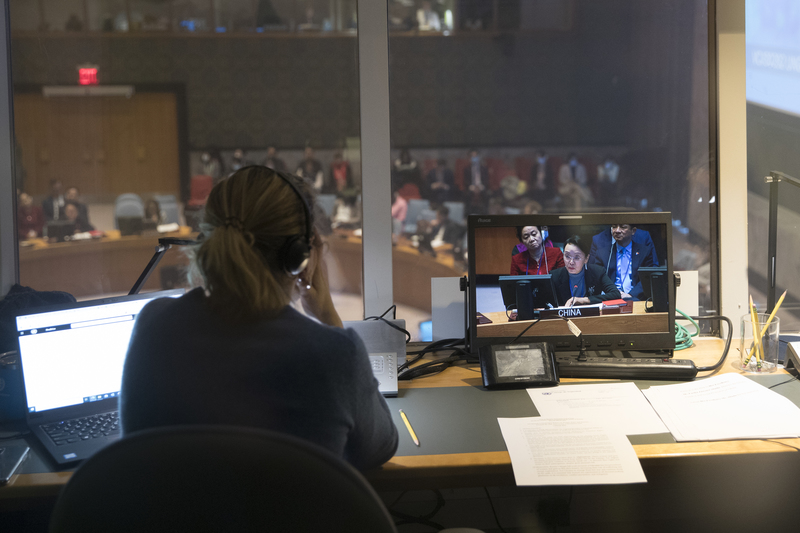The global short drama market has surged, with platforms like TikTok and YouTube Shorts fueling a massive demand for bite-sized, emotionally gripping stories. In 2024, short drama apps racked up 148 million downloads worldwide, showing just how much people crave localized content that feels personal and relatable. But getting short dramas to connect across borders isn’t just about translating words—it’s about reshaping the story to fit the cultural heartbeat of each audience. From tweaking family dynamics for Western viewers to leaning into complex emotional narratives for Southeast Asian markets, localization through subtit sturdy and dubbing is what makes these stories click. Let’s dive into how cultural adaptation works, with practical examples and data to show why it matters.
Cultural preferences shape how people connect with short dramas, and understanding these differences is key to making content feel like it belongs. In the U.S., where 60% of viewers are women, audiences lean toward straightforward stories with simple family dynamics. The intricate, multi-generational conflicts common in Chinese or Korean dramas can feel heavy to American viewers, who prefer clear resolutions and characters they can easily root for. On the flip side, Southeast Asian audiences, especially in places like Thailand and Indonesia, love emotionally layered stories packed with family ties and moral dilemmas. They’re drawn to prolonged suspense and nuanced character moments that reflect their storytelling traditions. In Latin America, passion and interpersonal drama take center stage, but physical displays of affection need careful handling. A 2023 case study of a Chinese short drama exported to Brazil showed that toning down scenes with long hugs boosted viewership by 25%—proof that small tweaks can make a big difference.
One key to localization is adjusting the intensity of conflict. Western audiences tend to like moderate drama with quick resolutions, as drawn-out tension can feel off-putting. For example, a family drama with heated arguments might be softened for U.S. viewers by dialing back sharp dialogue and focusing on reconciliation. Southeast Asian markets, however, often embrace intense, multi-layered conflicts like betrayals or moral gray areas to keep viewers hooked. Subtitling is critical here—translators have to pick words that match the desired vibe. A subtle Chinese phrase hinting at disapproval might become a blunt critique in English to suit Western tastes for clarity.
Emotional expression is another area where cultures diverge. East Asian dramas often rely on understated emotions—think meaningful pauses or subtle facial cues—but these can fly over the heads of Western audiences who prefer characters to say exactly what they feel. Tools like CapCut Pro, which churn out multilingual subtitles, help by offering translations that match the emotional tone. A reserved Chinese “I love you” might become “I deeply care for you” for American viewers to hit the right emotional weight. In dubbing, tools like ElevenLabs let voice actors tweak tone and pacing to fit cultural norms. For Southeast Asian audiences, cranking up the emotional delivery in dubbed lines can make dramatic moments feel more gripping.
Suspense also needs careful tuning. Western viewers often want fast-paced plot twists with clear turning points, while Southeast Asian audiences might savor slower, more intricate build-ups. A Chinese short drama packed with cliffhangers might cut back on suspense for U.S. distribution to keep things digestible. Subtitles can time reveals to heighten tension, and dubbing can use vocal inflection to amplify drama. A 2024 study showed that short dramas with culturally tuned suspense saw 30% higher retention rates, proving this approach pays off.
Subtitling and dubbing are the heart of localization, bridging both language and emotion. Subtitling isn’t just about accuracy—it’s about making phrases feel native. A Chinese idiom like “eating vinegar” for jealousy needs to become “green with envy” for English speakers. AI tools like CapCut Pro suggest translations in real time, but human editors often step in to nail the cultural fit. Dubbing, on the other hand, hinges on tone, pacing, and lip-syncing. ElevenLabs’ AI can mimic the original speaker’s emotional flow while adapting to new languages, though manual tweaks are sometimes needed to avoid clunky phrasing. Take a Chinese short drama localized for Mexico: the original had lots of physical gestures, but dubbing toned them down to respect local norms around personal space, and subtitles emphasized verbal affection instead. The result? A 40% spike in TikTok engagement in the region.
Data backs up the power of thoughtful localization. In the U.S., where female viewers dominate, short dramas that prioritize emotional clarity and relatable themes perform best. In 2024, localized content made up 65% of top-performing titles on U.S. streaming platforms, with higher completion rates than non-adapted ones. In Southeast Asia, where short drama consumption grew 20% year-over-year, stories tailored to local emotional and suspense preferences outshone generic translations. These numbers show that cultural adaptation doesn’t just help viewers connect—it boosts platform algorithms and reach.
Looking ahead, AI tools will keep getting better at handling cultural nuances, making localization smoother. But challenges like adapting humor or idioms, which often need a human touch, aren’t going away. Lip-sync accuracy in dubbing and readable subtitles in fast-paced scenes are also tricky. Creators will need to blend AI efficiency with human creativity to get it right.
Ultimately, cultural adaptation through subtitling and dubbing is what makes short dramas travel. By tweaking conflict, emotions, and suspense to fit markets from the U.S. to Southeast Asia and Latin America, creators can turn small stories into global hits. With AI tools and data-driven insights, even small-scale creators can compete on the world stage, making short dramas a truly universal way to tell stories.











